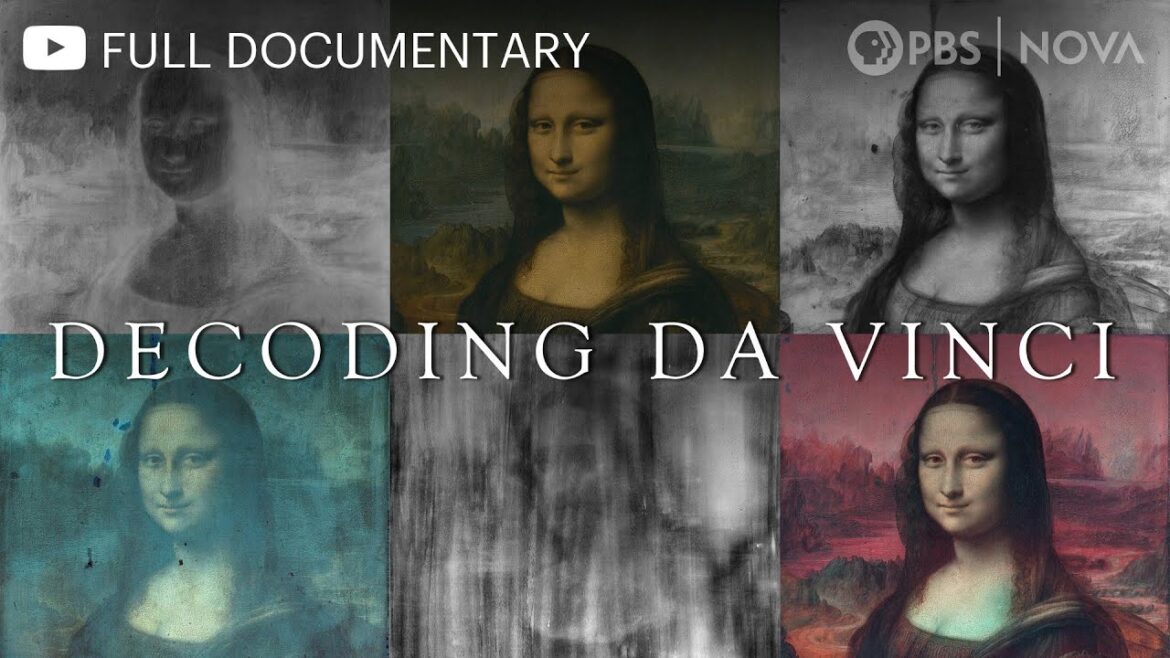Introduction
Leonardo da Vinci, the quintessential Renaissance man, left an indelible mark on both the art and scientific worlds. While renowned for his masterpieces like the Mona Lisa and The Last Supper, da Vinci’s legacy extends beyond mere artistic talent. His insatiable curiosity and commitment to understanding the natural world led him to seamlessly integrate art and science, creating a body of work that transcends time. In this article, we will delve into the fascinating realm of the science behind Leonardo da Vinci’s masterpieces.
Anatomy as Art: One of da Vinci’s most notable contributions to both art and science was his meticulous study of anatomy. His unparalleled understanding of the human body is evident in the accuracy and detail present in his anatomical sketches. Da Vinci’s fascination with the human form went beyond the surface; he dissected corpses to gain an intimate knowledge of muscles, bones, and organs. This scientific approach to anatomy profoundly influenced his artistic endeavors, enabling him to portray the human body with unprecedented realism.
Learn More about Decoding Da Vince in this Video
The Science of Light and Shadow: Leonardo da Vinci’s keen observations of light and shadow played a pivotal role in his artistic mastery. Through careful study, he grasped the principles of chiaroscuro, the use of light and dark contrasts to create a sense of volume and three-dimensionality. Da Vinci’s understanding of optics and the physics of light allowed him to infuse his paintings with a lifelike quality, where subjects seemed to emerge from the canvas with a captivating realism.
Innovative Techniques: Da Vinci’s notebooks are a treasure trove of innovative artistic techniques grounded in scientific understanding. His use of sfumato, a technique that involves blending colors and tones to create a soft, atmospheric effect, showcases his mastery of optics. This method adds depth and mystery to his paintings, exemplified in the elusive smile of the Mona Lisa. Additionally, his pioneering work with perspective and proportion laid the groundwork for a new era in artistic representation.
Engineering and Invention: Leonardo da Vinci’s scientific mind extended to engineering and invention, contributing to his unique artistic perspective. His sketches of flying machines, war contraptions, and architectural designs reveal a visionary approach to problem-solving. The sketches, while not always realized in practice, reflect da Vinci’s commitment to understanding the scientific principles governing the physical world, influencing his depictions of motion and structure in his artwork.
Unraveling The Last Supper: The Last Supper, one of da Vinci’s most iconic religious paintings, incorporates scientific precision in its composition. Through careful observation and mathematical calculation, da Vinci achieved a balanced and harmonious arrangement of figures. The use of linear perspective and the vanishing point contributes to the depth and realism of the scene, showcasing da Vinci’s scientific approach to creating a visually compelling narrative.
Da Vinci’s interdisciplinary Expertise: Leonardo da Vinci’s interdisciplinary genius extended beyond anatomy, light, and shadow, encompassing a broad spectrum of scientific disciplines. His fascination with water, for instance, manifested in his meticulous studies of rivers, currents, and turbulence. Da Vinci’s observations of water’s behavior, meticulously documented in his notebooks, influenced both his artistic representation of flowing fabrics and his conceptualization of hydropower. His early designs for water mills and hydraulic systems showcased his vision for harnessing the power of water for various purposes, revealing an intersection of art and engineering.
Moreover, da Vinci’s interest in geology and the Earth’s processes is evident in his geological sketches. He explored the formation of mountains, the flow of rivers, and the patterns of erosion. This geological knowledge infused his landscape paintings with a heightened sense of realism, as seen in the breathtaking landscapes of his works like “Virgin of the Rocks” and “Benois Madonna.”
Da Vinci’s fascination with the natural world also extended to botany. His detailed botanical illustrations depicted plants with scientific accuracy, showcasing his keen observational skills. These studies not only served as scientific documentation but also found their way into his artistic compositions, contributing to the authenticity and richness of the landscapes in his paintings.
In addition to his artistic endeavors, da Vinci’s engineering prowess is evident in his designs for machines and inventions. His concepts for flying machines, bridges, and military devices demonstrated his commitment to translating scientific principles into practical applications. Although many of these inventions were never built during his lifetime, they laid the groundwork for future technological advancements and reflected da Vinci’s visionary approach to the integration of science and creativity.
Da Vinci’s approach to color theory also exemplifies his scientific rigour. His studies on the properties of colors, light, and pigments informed his use of color in painting. Through experimentation with various materials and techniques, da Vinci achieved a nuanced understanding of color mixing and contrast. This scientific approach to color contributed to the vibrant and harmonious palettes observed in his masterpieces.
Conclusion
Leonardo da Vinci’s ability to seamlessly integrate art and science remains a testament to his genius. His masterpieces continue to captivate audiences worldwide, inviting us to explore the intricate interplay between artistic expression and scientific understanding. From his anatomical sketches to his innovative techniques, da Vinci’s work stands as a timeless celebration of the convergence of art and science, leaving an enduring legacy that transcends the boundaries of both disciplines.
Leonardo da Vinci’s exploration of diverse scientific disciplines significantly enriched his artistic endeavors, creating a synthesis of knowledge that transcends traditional boundaries. His contributions to anatomy, geology, botany, engineering, and color theory not only shaped the Renaissance era but also laid the foundation for future advancements in both art and science. The intricate tapestry of da Vinci’s interdisciplinary genius remains a source of inspiration, illustrating the endless possibilities that arise when art and science converge.
Learn More
- Greek Islands
- Italian Islands
- Global Food Videos
- Fire Your Boss
- Job Liberation
- Retire Early
- Do What You Love


